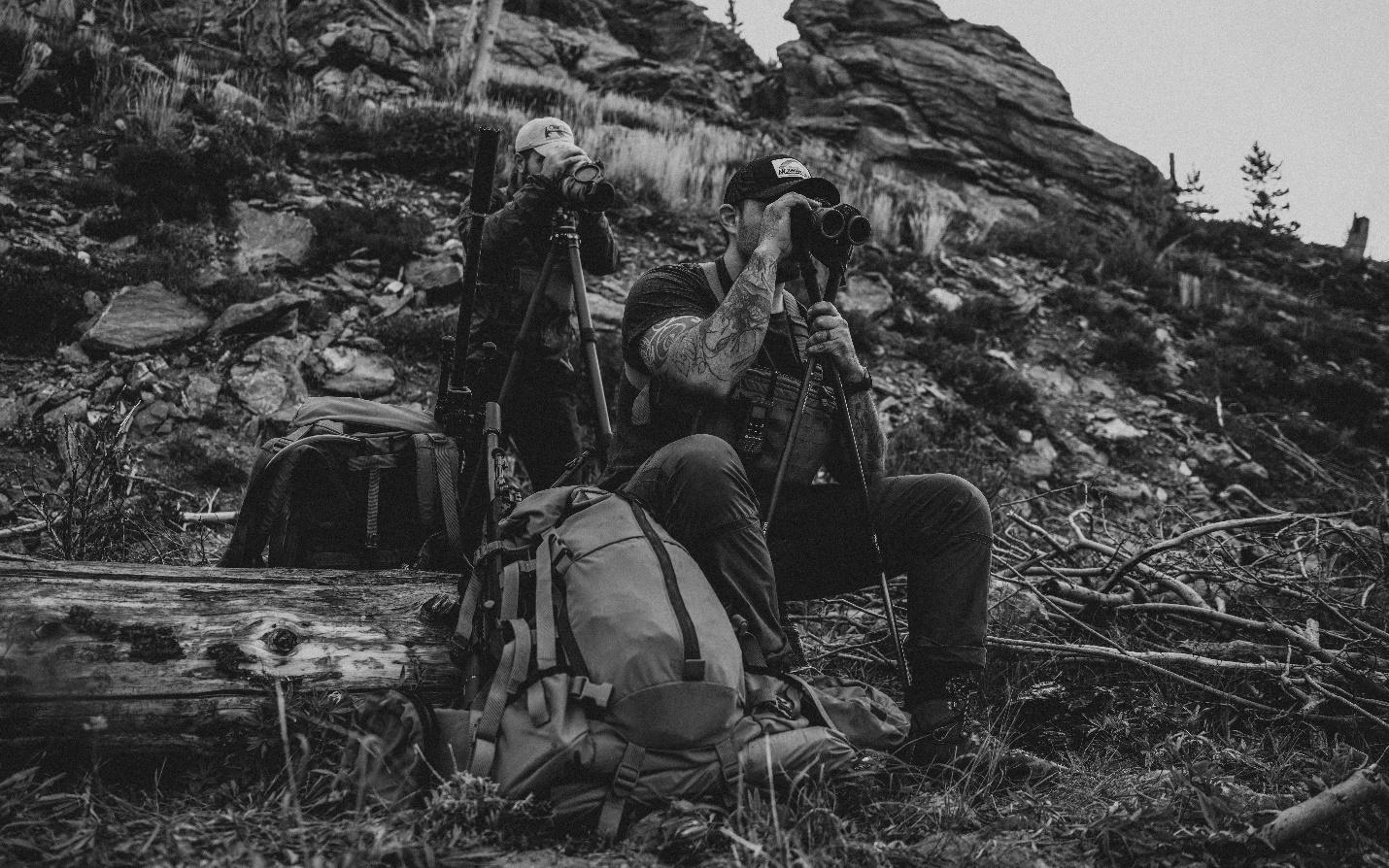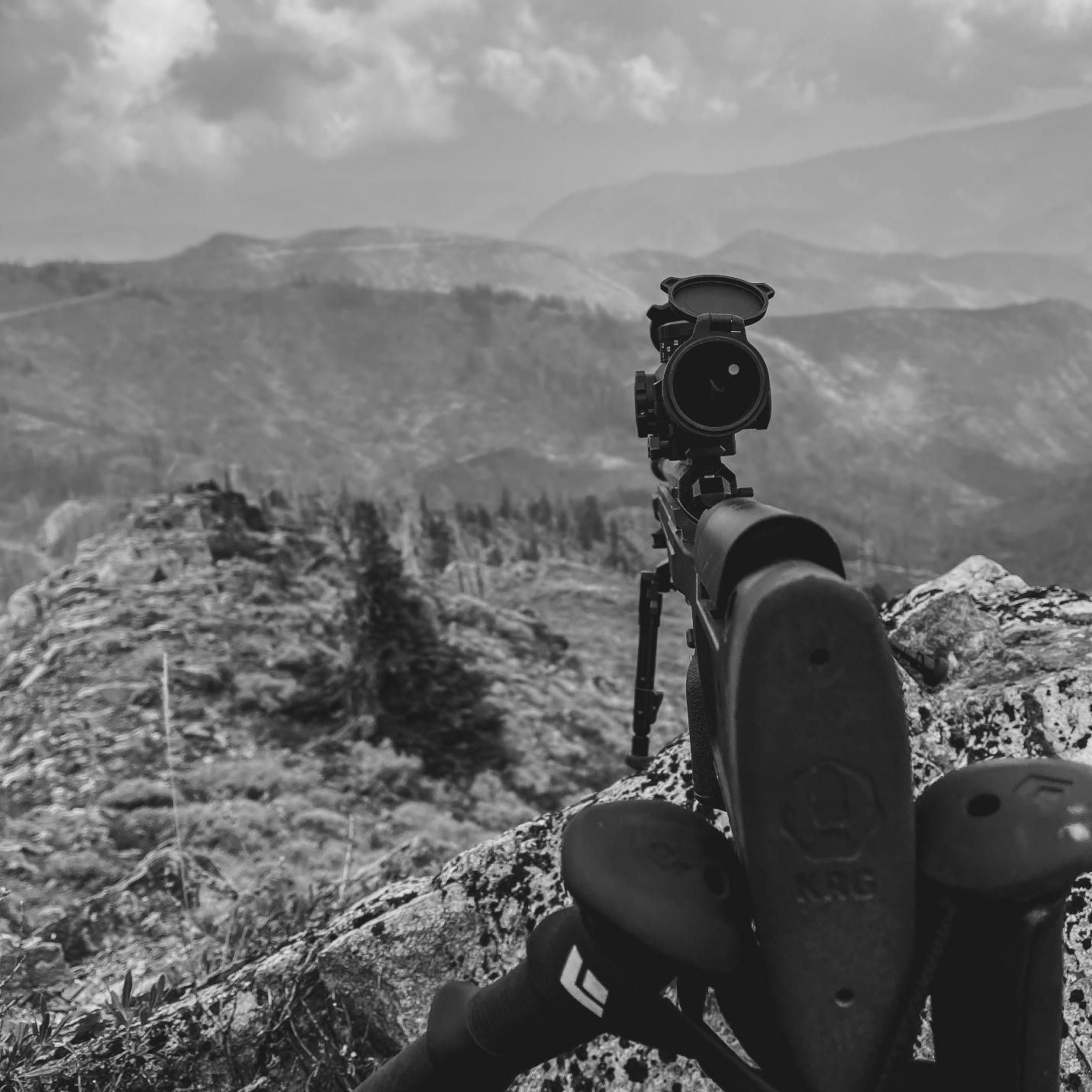The current trend in hunting places a significant emphasis on preparation, but this often stops at the body and gear. Many apps and programs are geared toward preparing the body for the rigors of mountain hunting. Fitness is a significant determiner of success. The fitter you are, the more ground you can cover when cold, wet, and tired. Thinking of the hunter as a wilderness athlete is a major step in the right direction. Of course, it is correct to say athletes prepare their bodies through physical training, but they also practice the skill of their game. A pitcher pitches, and a formula one driver drives. Hunters should scout and shoot. When I say shoot I mean more than just sighting in before opening day.

Why do hunters largely ignore marksmanship-specific training?
The answer usually rests somewhere between “I have always done it this way and, I’ll rise to the occasion on game day.” Any professional who has been in a tough spot in the field can tell you that the adage—Under pressure, you don’t rise to the occasion, you fall to your level of training—is a field truth that continues to show its relevance year after year. Don’t let the If we are stewards of the land, we should train for every possible advantage.
The modern hunter is a walking Wi-Fi signal with a rifle. We invest in anything, and everything to make our life easier in the field, yet 90% of hunters have never taken a precision rifle course. We Invest in everything leading up to the shot except the one thing you must do for a trip to be a success or bust. Enter the sniper community.
Using the sniper community to increase your lethality in the field will benefit you significantly when the terrain does not allow you to get close to the target. Snipers have spent the last 20 years testing engagement theories in mountainous terrain. No matter if it is two or four-legged targets the end state is the same. We all want to maximize the chance of a lethal first-round impact on our target. Now you can take our lessons learned and apply them to your next Colorado elk hunt.
Being a Western hunter myself and also observing these types of hunters in the field I see many similarities to the military sniper. I am not saying they are the same, but there is a crossover that will benefit the former. The ability to make stable, repeatable, and accurate shots in less-than-optimal positions while knowing how the environment will affect your projectile are two of the biggest lessons we have learned. The failure of those two things is the most prominent factor hunters have cited as to why they have missed their targets.
If you fancy longer engagements, you should have a deep understanding of marksmanship. I define “long-range” as any shot that the environment needs to be accounted for. Now, reading that you are probably thinking, doesn’t it always need to be accounted for, and you are right, it does…See where I am going with this? As the distance to the target increases, the percentage of a lethal first round hit on the target decreases. Knowing what to look for and how to problem-solve through it will open your field of view to new opportunities, shots, and information you may be missing at your current level of training.
What you will learn
Learning the fundamentals of precision marksmanship under the eye of a professional will teach you how to refine the most minor details so they don’t compound into big mistakes down range. Another major benefit is the art of building stable and repeatable positions under stress using your individual equipment, the environment, or a hybrid of both. You will also learn data management. The number of hunters I have trained that just “hold high” is astounding. During the war on terror, snipers became very good at streamlining the information needed to find, range, and engage targets in the mountains at various distances. Learning these methods will increase your lethality when the environment is doing its best to serve you up a goose egg.
The environments we hunt in are, at most times, austere and in a constant state of flux. Knowing how to forecast the environment using manual and technological methods will drastically increase your lethality in the field. Most hunters do not spend enough time behind the spotting scope in a support capacity forecasting the environment. Access to public ranges where you can practice these field techniques is a major barrier of entry. Seeking precision rifle instruction comes with the added benefit of these ranges and a professional eye to show you what to look for. After all, if we do not know the right questions to ask, we cannot deduce what is wrong.
The next time you want to buy another rifle you do not need or another high-tech piece of gear, spin up the ole Google machine and find some quality instruction instead. The adage “fear the man with one gun” plays well here, master your equipment, learn your deficiencies, and work with someone to correct them.
I have had the privilege of serving with and learning from some amazing snipers turned hunters, or hunters turned snipers in most of our cases. It just so happens that some of them have spent their time after the military making their bones as instructors. Below are two instructors you should follow, read and take training from.
Modern Day Sniper/Rifleman
Caylen Wojcik IG @Caylen8541
Phillip Velayo – IG – @velayo_0317
Modern Day Sniper – IG @moderndaysniper
Modern Day Sniper/Rifleman is a consortium of Marine Corps Snipers that have held a multitude of positions within that community. They are also avid backcountry hunters who have developed curriculums based on lessons learned in both communities. The focus on both online and in-person training will arm you with every tool you need to be deadly in the wilderness.
Be lethal.
John


